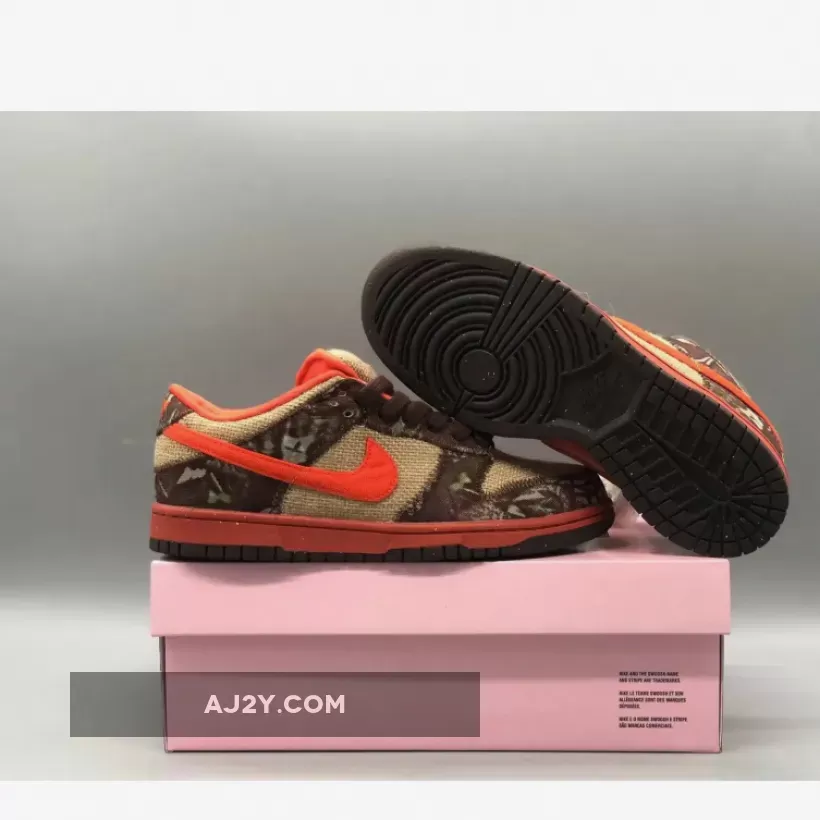The world of skateboarding lost a true icon today. Sandy Bodecker, the man whose vision transformed a basketball shoe into a cultural phenomenon, passed away at the age of 66. While the name “Sandy Bodecker” may not immediately resonate with everyone, the impact of his creation, Nike SB, is undeniable. It’s a name synonymous with innovation, style, and the spirit of skateboarding, a spirit that Bodecker himself embodied with unwavering passion.
For those who weren’t part of the skateboarding scene, the “SB” in Nike SB might have always seemed self-explanatory, standing for “skateboarding.” But for those who grew up witnessing the evolution of the brand, it was more than just a mere abbreviation. It represented the legacy of a man, a man who saw the potential in a shoe designed for a different sport and dared to push boundaries.
Bodecker, a former Nike executive, had a keen eye for potential. He recognized the raw energy and burgeoning culture of skateboarding and saw a space for Nike to contribute. The story of Nike SB began with the humble Nike Dunk, a shoe originally intended for basketball. However, Bodecker saw its potential for skateboarding, its low-cut design and durable construction making it an ideal choice for boarders. He envisioned a shoe that wasn’t merely functional but one that resonated with the skateboarding community, embodying its aesthetics and values.
Thus, the Nike SB division was born, a unique and dedicated unit within Nike, focusing exclusively on catering to the needs and aspirations of skateboarders. Bodecker understood that skateboarding wasn’t just a sport; it was a lifestyle, an attitude, and a form of self-expression. He wanted Nike SB to reflect this, to become more than just a brand, but a symbol of belonging and shared passion.
The vision behind Nike SB went beyond the creation of a shoe. It was about fostering a community, supporting riders, and pushing the boundaries of innovation. Bodecker believed in the power of collaboration, engaging with skateboarders to understand their needs and incorporating their ideas into the design and development of shoes.
He saw the potential in talented skateboarders like Paul Rodriguez, Eric Koston, and others, not just as athletes, but as artists and creative forces. He entrusted them with designing signature shoes, allowing them to express their individual styles and connect with fans on a deeper level. This unique approach, valuing the contributions of riders and embracing the spirit of collaboration, became a defining characteristic of Nike SB.
The success of Nike SB was undeniable. It became a cultural phenomenon, a testament to Bodecker’s vision and the power of understanding and connecting with a community. The brand became synonymous with skateboarding, its shoes gracing the feet of both professional riders and enthusiasts alike.
The impact of Nike SB extends beyond skateboarding. It transcended sports and became a fashion statement, a symbol of coolness and authenticity. It resonated with a generation, blurring the lines between sports and streetwear, paving the way for future collaborations and influencing fashion trends for years to come.
But beyond the commercial success, Nike SB’s impact on skateboarding culture was profound. It provided a platform for riders to showcase their talent and connect with a wider audience. It fostered a sense of community, uniting skaters across different backgrounds and regions. It gave skateboarding a sense of legitimacy, making it a respected and celebrated sport.
Sandy Bodecker’s legacy lies in his ability to see beyond the obvious, to recognize the potential in a sport that was often overlooked. He saw the passion, the artistry, and the raw energy of skateboarding and dared to create a brand that resonated with its spirit. He understood that creating a successful product meant creating a community, fostering relationships, and supporting the very people who embodied the spirit of skateboarding.
Today, as we mourn the loss of this visionary leader, we remember his contribution to skateboarding and beyond. We remember the shoes, the collaborations, the events, and the legacy that he built. But most importantly, we remember the man who saw potential in a sport and a community, and dared to make a difference.
The “SB” in Nike SB may have stood for Sandy Bodecker, but his legacy goes far beyond a mere abbreviation. It represents a spirit of innovation, collaboration, and passion for skateboarding. It is a spirit that will continue to inspire generations to come, a testament to the man who truly understood the heart of skateboarding and left an indelible mark on its history.
The legacy of Sandy Bodecker extends far beyond the world of skateboarding. His impact on Nike, his vision for creating a brand that resonated with a specific community, and his belief in the power of collaboration are lessons that can be applied to various fields.
Here are some key takeaways from Bodecker’s approach to brand building and community engagement:
1. Understand Your Audience: Bodecker’s success stemmed from his deep understanding of the skateboarding community. He didn’t just create a shoe for them; he created a brand that reflected their values and aspirations. This principle can be applied to any brand seeking to connect with a specific target audience.
2. Embrace Collaboration: Bodecker understood that the best ideas often come from collaboration. He worked closely with skateboarders, giving them a voice in the design and development process. This collaborative approach not only fostered a sense of ownership but also ensured that the product truly resonated with the target audience.
3. Foster Community: Bodecker saw Nike SB as more than just a brand; he saw it as a platform to build a community. He supported riders, organized events, and created opportunities for skateboarders to connect. This focus on community building created a strong sense of loyalty and connection with the brand.
4. Be Authentic: Bodecker’s vision for Nike SB was rooted in authenticity. He didn’t try to force skateboarding into a mold; he embraced its unique culture and values. This authenticity resonated with consumers, making Nike SB a genuine and relatable brand.
5. Embrace the Power of Storytelling: Bodecker understood the importance of storytelling. He crafted narratives around Nike SB, showcasing the passion and dedication of skateboarders. These stories connected with audiences on an emotional level, creating a deeper connection with the brand.
Sandy Bodecker’s legacy is a testament to the power of vision, passion, and understanding. His approach to brand building and community engagement serves as a valuable lesson for anyone seeking to create a brand that resonates with a specific audience.
Today, we celebrate his life and the legacy he left behind. We remember the man who made a difference, not just in skateboarding, but in the world of branding and community building.

